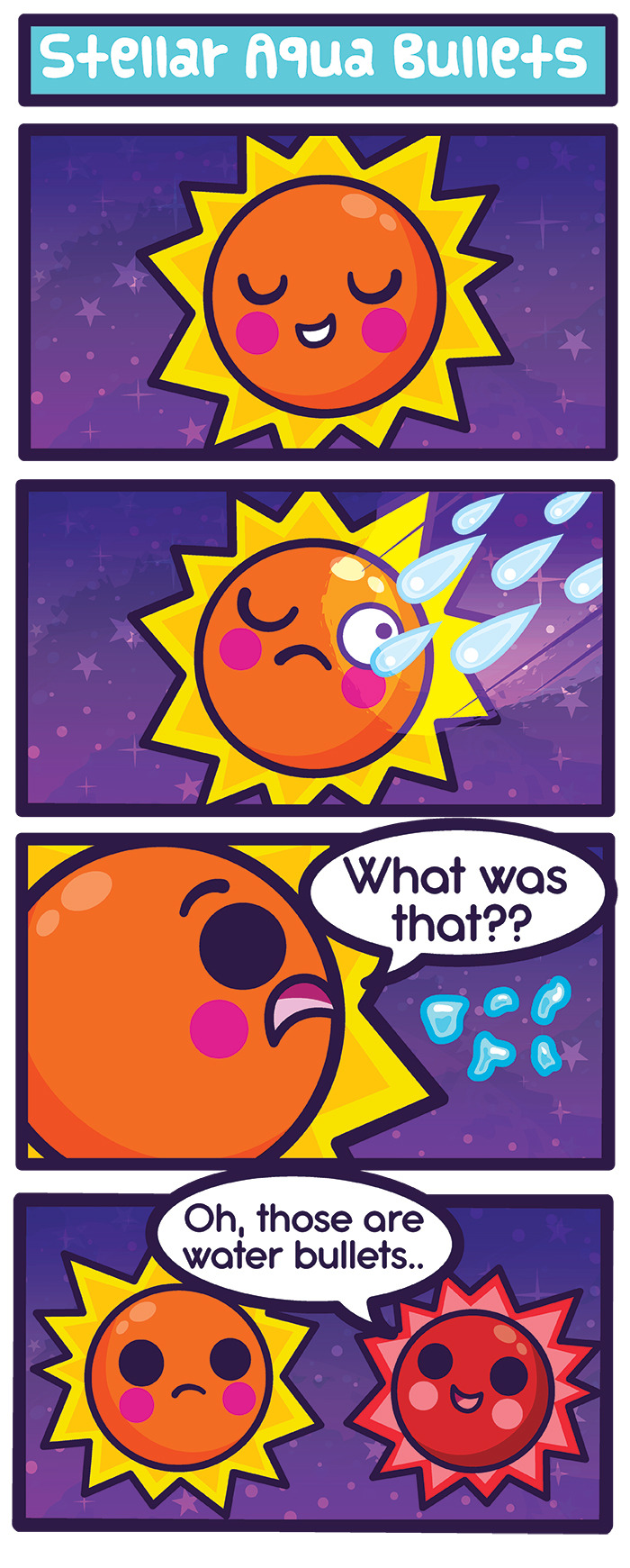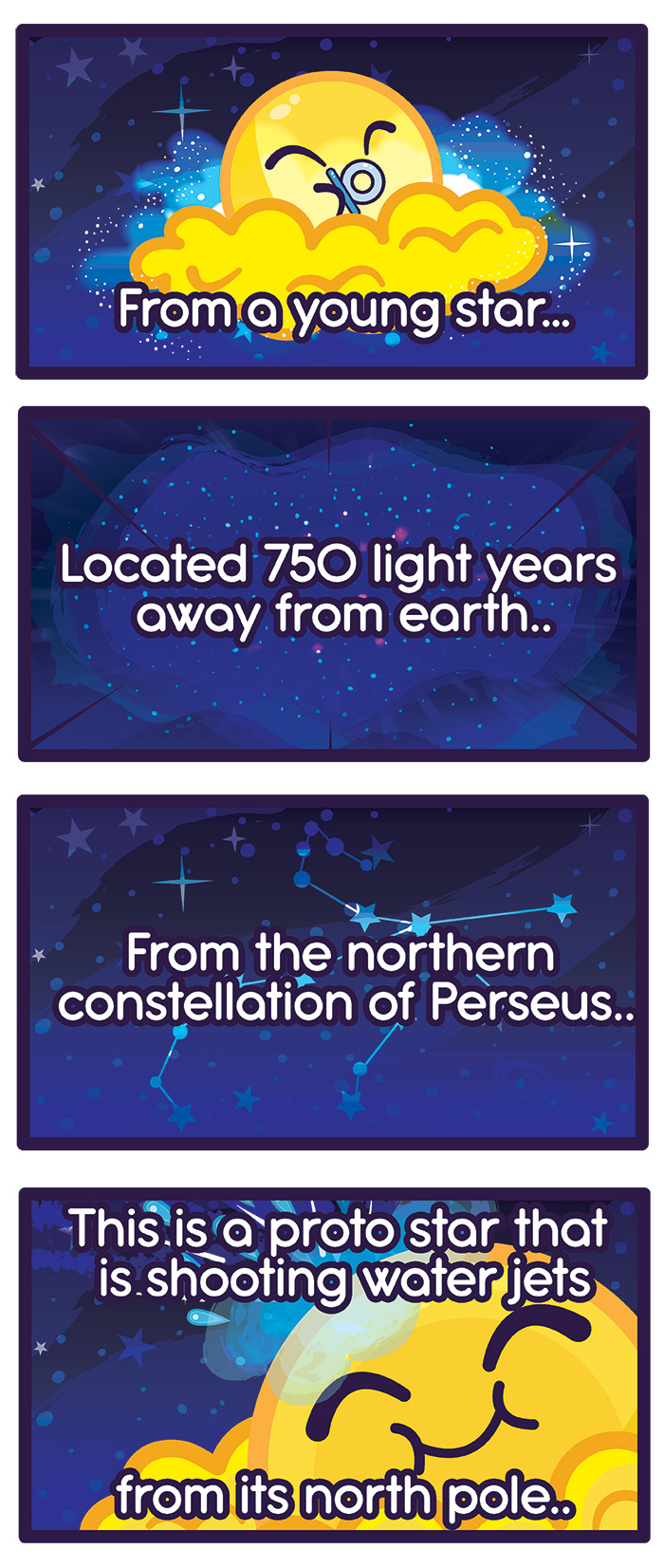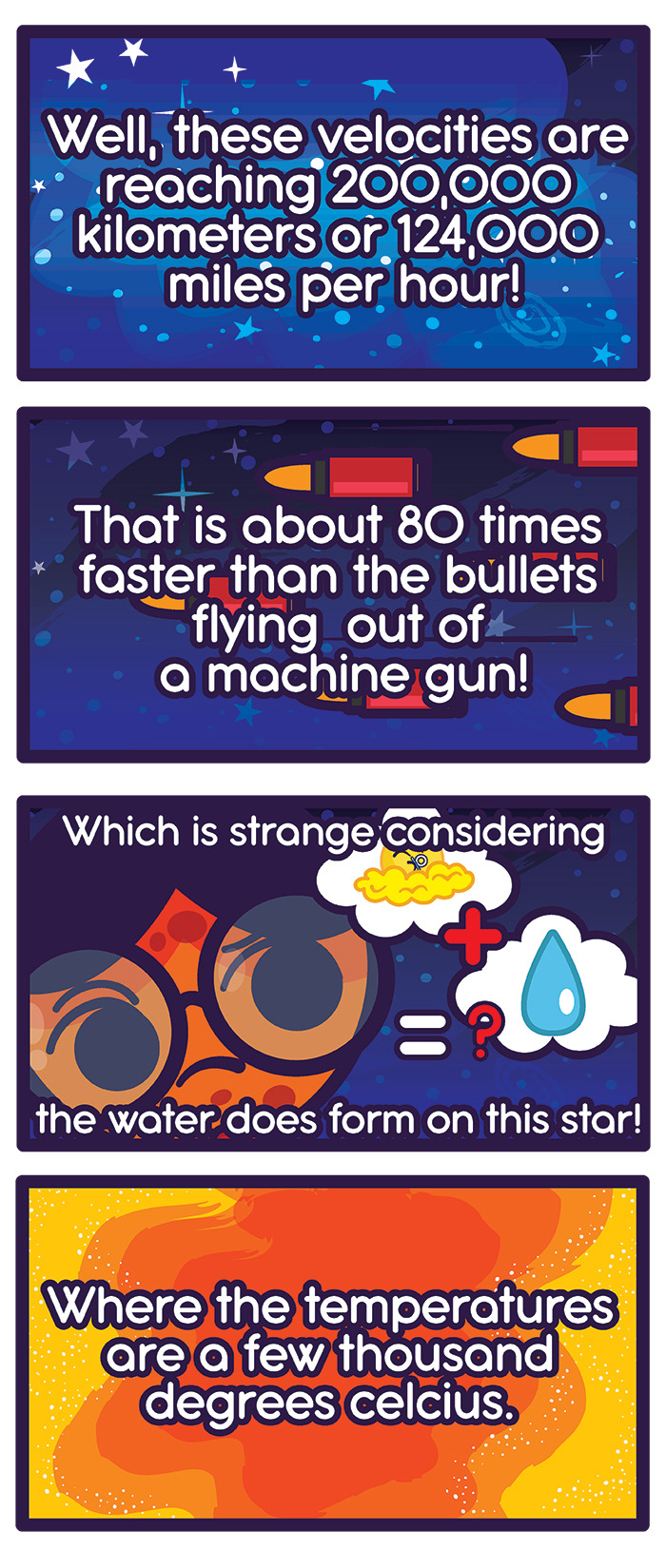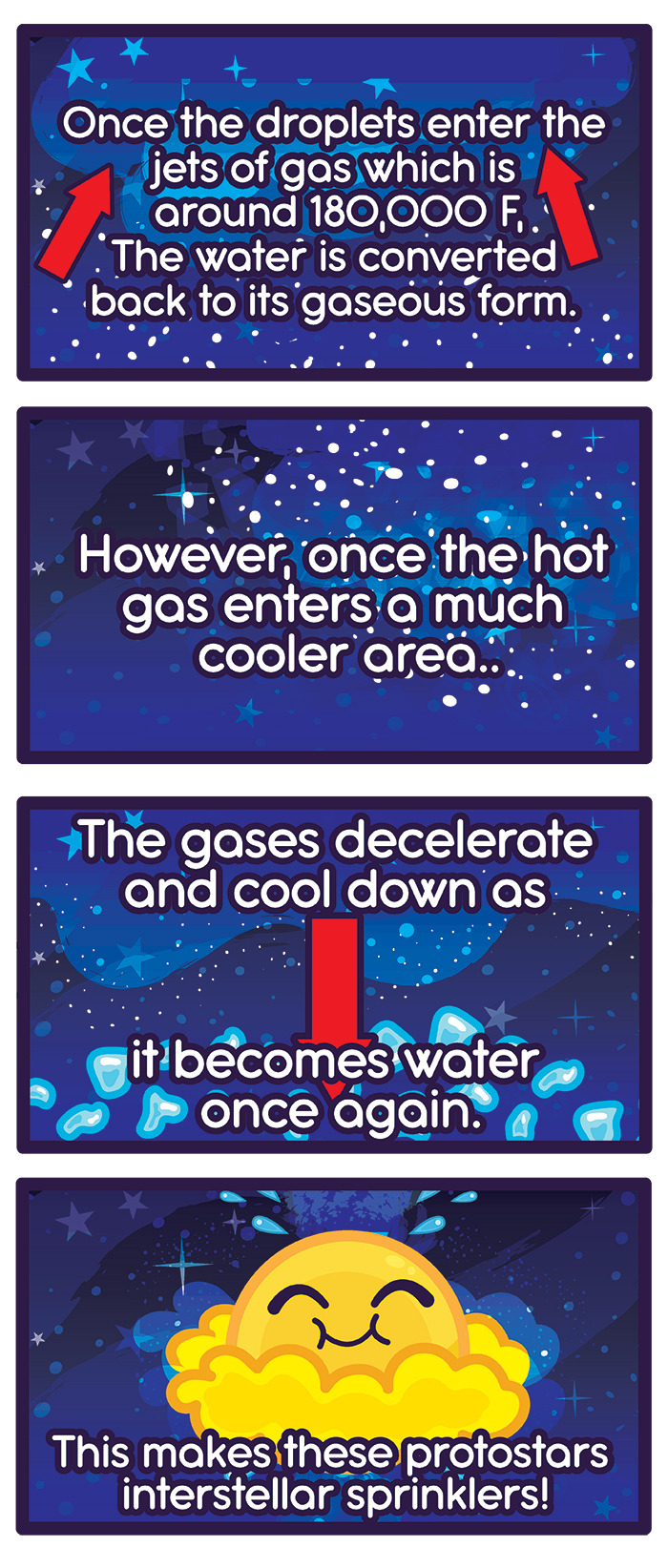Snaking Filament Eruption By NASA Goddard Photo And Video

Snaking Filament Eruption by NASA Goddard Photo and Video
More Posts from Night-hides-the-world and Others

The Lonely Galaxy
Most galaxies are part of a group or cluster where a neighboring galaxy is never far away. Galaxy NGC 6503 however, is an exception. This galaxy has found itself in a lonely position, at the edge of a strangely empty patch of space called the Local Void. The Local Void is a huge stretch of space that is at least 150 million light-years across.
Credit: NASA, ESA, Hubble Heritage (STScI/AURA)-ESA
The #HubbleTelescope captured these auroras on #jupiter caused by light waves interacting with the planet’s magnetic fields.
![Elephant’s Trunk Nebula, 13 Hours Of Ha And Oiii [OC][3711 X 3009]](https://64.media.tumblr.com/f9fbe34024ea66a180ea1571b93d710d/tumblr_pd4cmwZDkF1rcl722o1_500.jpg)
Elephant’s Trunk Nebula, 13 hours of Ha and Oiii [OC][3711 x 3009]

NGC 6514, Trifid’s Unicorn
Candy Cane of Cosmic Proportions
Imagine how long it would take to eat a candy cane that’s a thousand trillion miles tall! 😋

Scientists peering into the center of our Milky Way galaxy found this 190-light-year tall “candy cane,” but (sadly) it is not a peppermint treat. It does contain other goodies, though. They have found huge collections of material, called giant molecular clouds, where stars are being born. And there are magnetic fields that might be evidence of a bubble from an outburst in our galactic center long ago.

The full image shows our galaxy’s center in infrared (blue), radio (red) and microwave (“minty” green) light. The picture essentially color codes different ways light is produced. The blue and cyan regions show us cool dust where star formation has just begun. Yellow features show more-established star “factories.” Red reveals places where electrically charged gas interacts with magnetic fields.
This image includes newly published observations using an instrument designed and built at NASA’s Goddard Space Flight Center in Greenbelt, Maryland, called the Goddard-IRAM Superconducting 2-Millimeter Observer (GISMO). It was used with a 30-meter radio telescope located on Pico Veleta, Spain, operated by the Institute for Radio Astronomy in the Millimeter Range headquartered in Grenoble, France. The image shows a region about 750 light-years wide.
Find out more about this image and what we can learn from studying star factories!
Make sure to follow us on Tumblr for your regular dose of space: http://nasa.tumblr.com
Spaceships Don’t Go to the Moon Until They’ve Gone Through Ohio
From the South, to the Midwest, to infinity and beyond. The Orion spacecraft for Artemis I has several stops to make before heading out into the expanse, and it can’t go to the Moon until it stops in Ohio. It landed at the Mansfield Lahm Regional Airport on Nov. 24, and then it was transferred to Plum Brook Station where it will undergo a series of environmental tests over the next four months to make sure it’s ready for space. Here are the highlights of its journey so far.

It’s a bird? It’s a whale? It’s the Super Guppy!
The 40-degree-and-extremely-windy weather couldn’t stop the massive crowd at Mansfield from waiting hours to see the Super Guppy land. Families huddled together as they waited, some decked out in NASA gear, including one astronaut costume complete with a helmet. Despite the delays, about 1,500 people held out to watch the bulbous airplane touch down.

Buckle up. It’s time for an extremely safe ride.
After Orion safely made it to Ohio, the next step was transporting it 41 miles to Plum Brook Station. It was loaded onto a massive truck to make the trip, and the drive lasted several hours as it slowly maneuvered the rural route to the facility. The 130-foot, 38-wheel truck hit a peak speed of about 20 miles per hour. It was the largest load ever driven through the state, and more than 700 utility lines were raised or moved in preparation to let the vehicle pass.

Calling us clean freaks would be an understatement.
Any person who even thinks about breathing near Orion has to be suited up. We’re talking “bunny” suit, shoe covers, beard covers, hoods, latex gloves – the works. One of our top priorities is keeping Orion clean during testing to prevent contaminants from sticking to the vehicle’s surface. These substances could cause issues for the capsule during testing and, more importantly, later during its flight around the Moon.

And liftoff of Orion… via crane.
On the ceiling of the Space Environments Complex at Plum Brook Station is a colossal crane used to move large pieces of space hardware into position for testing. It’s an important tool during pretest work, as it is used to lift Orion from the “verticator”—the name we use for the massive contraption used to rotate the vehicle from its laying down position into an upright testing orientation. After liftoff from the verticator, technicians then used the crane to install the spacecraft inside the Heat Flux System for testing.

It’s really not tin foil.
Although it looks like tin foil, the metallic material wrapped around Orion and the Heat Flux System—the bird cage-looking hardware encapsulating the spacecraft—is a material called Mylar. It’s used as a thermal barrier to help control which areas of the spacecraft get heated or cooled during testing. This helps our team avoid wasting energy heating and cooling spots unnecessarily.
Bake at 300° for 63 days.
It took a little over a week to prep Orion for its thermal test in the vacuum chamber. Now begins the 63-day process of heating and cooling (ranging from -250° to 300° Fahrenheit) the capsule to ensure it’s ready to withstand the journey around the Moon and back.
View more images of Orion’s transportation and preparation here.
Make sure to follow us on Tumblr for your regular dose of space: http://nasa.tumblr.com.

Long exposure of the sky over Yunnan Province in Southwest China.
“ ...The lingering airglow is due to chemiluminescence, the production of light through chemical excitation. Originating at an altitude similar to aurora, it can found around the globe. The chemical energy is initially provided by the Sun's extreme ultraviolet radiation.” X
The scene reflects on the Yuanyang rice terraces as Sirius shines brightly above.
Credit to Cui Yongjiang






Better late than never!
Here’s a comic about a star that erupts water bullets! OoO!
https://news.nationalgeographic.com/news/2011/06/110613-space-science-star-water-bullets-kristensen/
https://www.huffpost.com/entry/star-shooting-water-jets-herschel_n_879211
https://www.popsci.com/technology/article/2011-06/herschel-spots-young-star-spewing-water-jets-interstellar-space?cmpid=tw
https://www.digitaltrends.com/web/young-stars-shoot-epic-quantities-of-water-into-space-study-shows/
-
 naturalwondersandbeauty reblogged this · 8 months ago
naturalwondersandbeauty reblogged this · 8 months ago -
 darkhum888 liked this · 10 months ago
darkhum888 liked this · 10 months ago -
 sarolumia reblogged this · 10 months ago
sarolumia reblogged this · 10 months ago -
 itznymph liked this · 11 months ago
itznymph liked this · 11 months ago -
 neverglare liked this · 11 months ago
neverglare liked this · 11 months ago -
 colorfulmilkshakestrawberry liked this · 1 year ago
colorfulmilkshakestrawberry liked this · 1 year ago -
 half-a-life liked this · 1 year ago
half-a-life liked this · 1 year ago -
 visualoperator reblogged this · 1 year ago
visualoperator reblogged this · 1 year ago -
 jlmahmud liked this · 1 year ago
jlmahmud liked this · 1 year ago -
 corse2b liked this · 1 year ago
corse2b liked this · 1 year ago -
 hangry-eyes liked this · 1 year ago
hangry-eyes liked this · 1 year ago -
 necro69mancer reblogged this · 1 year ago
necro69mancer reblogged this · 1 year ago -
 necro69mancer liked this · 1 year ago
necro69mancer liked this · 1 year ago -
 adversary1 reblogged this · 1 year ago
adversary1 reblogged this · 1 year ago -
 sensitivesol liked this · 1 year ago
sensitivesol liked this · 1 year ago -
 burntmoth liked this · 1 year ago
burntmoth liked this · 1 year ago -
 xilenzo reblogged this · 1 year ago
xilenzo reblogged this · 1 year ago -
 bargas liked this · 1 year ago
bargas liked this · 1 year ago -
 teflonslacker reblogged this · 1 year ago
teflonslacker reblogged this · 1 year ago -
 visualoperator reblogged this · 1 year ago
visualoperator reblogged this · 1 year ago -
 starkflicka liked this · 1 year ago
starkflicka liked this · 1 year ago -
 luna---z liked this · 1 year ago
luna---z liked this · 1 year ago -
 jase78192 liked this · 1 year ago
jase78192 liked this · 1 year ago -
 ok-noodles reblogged this · 1 year ago
ok-noodles reblogged this · 1 year ago -
 unrealmatter reblogged this · 1 year ago
unrealmatter reblogged this · 1 year ago -
 corporismologia reblogged this · 1 year ago
corporismologia reblogged this · 1 year ago -
 mevcury liked this · 1 year ago
mevcury liked this · 1 year ago -
 angel0logy reblogged this · 1 year ago
angel0logy reblogged this · 1 year ago -
 iejiej reblogged this · 1 year ago
iejiej reblogged this · 1 year ago -
 iejiej liked this · 1 year ago
iejiej liked this · 1 year ago -
 mo-tsvetkov liked this · 1 year ago
mo-tsvetkov liked this · 1 year ago -
 wallylouis reblogged this · 1 year ago
wallylouis reblogged this · 1 year ago -
 itouchedcloud reblogged this · 1 year ago
itouchedcloud reblogged this · 1 year ago -
 jdeep44 liked this · 1 year ago
jdeep44 liked this · 1 year ago -
 actingman reblogged this · 1 year ago
actingman reblogged this · 1 year ago -
 actingman liked this · 1 year ago
actingman liked this · 1 year ago -
 reddeadsea liked this · 1 year ago
reddeadsea liked this · 1 year ago -
 andromeda1972 liked this · 1 year ago
andromeda1972 liked this · 1 year ago -
 cyberman-emotions liked this · 1 year ago
cyberman-emotions liked this · 1 year ago -
 cyberman-emotions reblogged this · 1 year ago
cyberman-emotions reblogged this · 1 year ago -
 grayrea liked this · 1 year ago
grayrea liked this · 1 year ago
Astronomy and the other wonders you witness when you look to the skies.
115 posts

